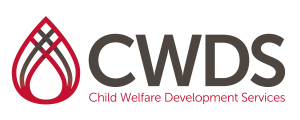CWDS Curriculum
Methamphetamine and the Child Welfare System eLearning
Level: Advanced Practice – Lineworker, Supervisor
Credits: 1
Intended Audience: New and experienced lineworkers and supervisors
Intended Objectives:
- Identify signs and symptoms of Methamphetamine addiction
- Describe Methamphetamine paraphernalia and Methamphetamine labs
- Describe how Methamphetamine addiction impacts children
- Identify resources available to use with families who use Methamphetamine
- Identify sample recommendations for Court and Case Service Plans for parents and children affected by Methamphetamine use
Topics Include:
- Scope of the problem, signs and symptoms
- Visual recognition of methamphetamine
- Case work implications when assessing for drug abuse
- Methamphetamine labs and paraphernalia
- Interventions and Treatment for Methamphetamine Users
- Sample Recommendations for Court Reports and Case Plans
CalSWEC Competencies Addressed:
3.6 Integrating knowledge of individual, family, and cultural dynamics, the student
can recognize signs and symptoms of substance abuse in children and adults and
assess its impact.
3.20 Student understands child welfare legal process and the roles of social workers
and other professionals in relation to the courts
4.4 Student demonstrates the ability to identify service/treatment plan requirements
and to construct measurable objectives for the service plan.
eLearning



